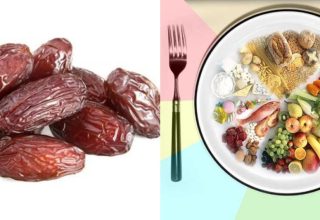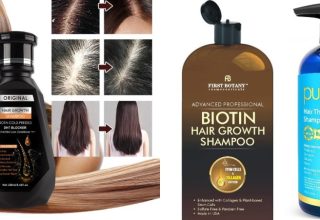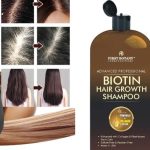What makes brown (brown) rice healthy?

Researchers have found that the ester compound cycloartenyl ferulate is mainly responsible for the health-promoting effects of brown rice. The health benefits of brown rice are well known and widely advertised. However, what exactly these flawless features are has been a matter of speculation until now. Researchers have recently identified cycloartenyl ferulate (CAF) as the main antioxidant and cytoprotective component of brown rice. CAF can protect cells from stress through direct antioxidant effects and indirectly by increasing the production of antioxidants within cells.
Asian diets highlight rice as a staple grain, contributing to about 90% of the world’s rice consumption. Especially brown rice is known to have many health benefits. As a regular addition to the diet, it can help reduce body weight, lower cholesterol, and suppress inflammation. Brown rice’s ability to neutralize reactive oxygen species and prevent cellular damage is vital to multiple of its health-promoting effects. While previous studies have shown that the antioxidant compounds in brown rice can protect cells against oxidative stress, knowledge of which parent compound contributes to these beneficial properties has long remained a mystery.
In a recent study led by Professor Yoshimasa Nakamura of Okayama University’s Institute of Environment and Longevity Sciences, researchers from Japan identified cycloartenyl ferulate (CAF) as the main “cytoprotective” or cell-protective compound in brown rice. CAF is a unique compound thanks to its hybrid structure. As Professor Nakamura explains, “CAF is a hybrid compound of polyphenol and phytosterol and is expected to be a potent bioactive element with various pharmacological properties such as antioxidant action and blood fat lowering action.”
The study, published on January 3, 2023, in issue 1 of the 24th issue of the International Journal of Molecular Sciences, was co-authored by Hongyan Wu of Dalian Polytechnic University and Toshiyuki Nakamura of Okayama University’s Institute of Environment and Lifespan Sciences. In it, the researchers provide evidence for the antioxidant properties of CAF by showing that it can protect cells from stress caused by hydrogen peroxide. Although hydrogen peroxide is a byproduct of a cell’s metabolic processes, unusual levels of the compound can be toxic to cells and cause irreversible damage. Treatment of cells with CAF increased their resistance to the toxic stress induced by hydrogen peroxide. In addition, CAF provided greater defense against hydrogen peroxide-induced stress compared to alpha-tocopherol and gamma-tocopherol.
According to the assumptions of the research, the amount of CAF in the whole number of brown rice is five times higher than the other antioxidant compounds found in brown rice. In addition, CAF increases the concentration of both oxygenase-1 or HO-1, an enzyme that facilitates the production of antioxidants. “We show here that CAF significantly increases the mRNA level of the small molecular charge antioxidant-producing enzyme HO-1 at concentrations similar to that required for cytoprotective effects in resistance to oxidative damage,” explains Professor Nakamura.
The researchers further investigated this mechanism of action through experiments that blocking HO-1 activity using inhibitors significantly reduced the antioxidant potency of CAF. Its high abundance and unique mechanism of action is evidence that CAF is the most contributing antioxidant in brown rice.
Through this study, the researchers not only uncovered the secret of brown rice’s health benefits, but also locked down the ingredient that is largely responsible for these benefits. This will allow the use of CAF in the development of more streamlined new supplements and nutritional artifacts focused on consumer health. As an optimist Professor Nakamura observed, “Our work can help develop new functional nutrients and supplements based on the functionality of CAFs, such as CAF-based nutraceuticals.”
Source:
- On-Site Comments














Comment